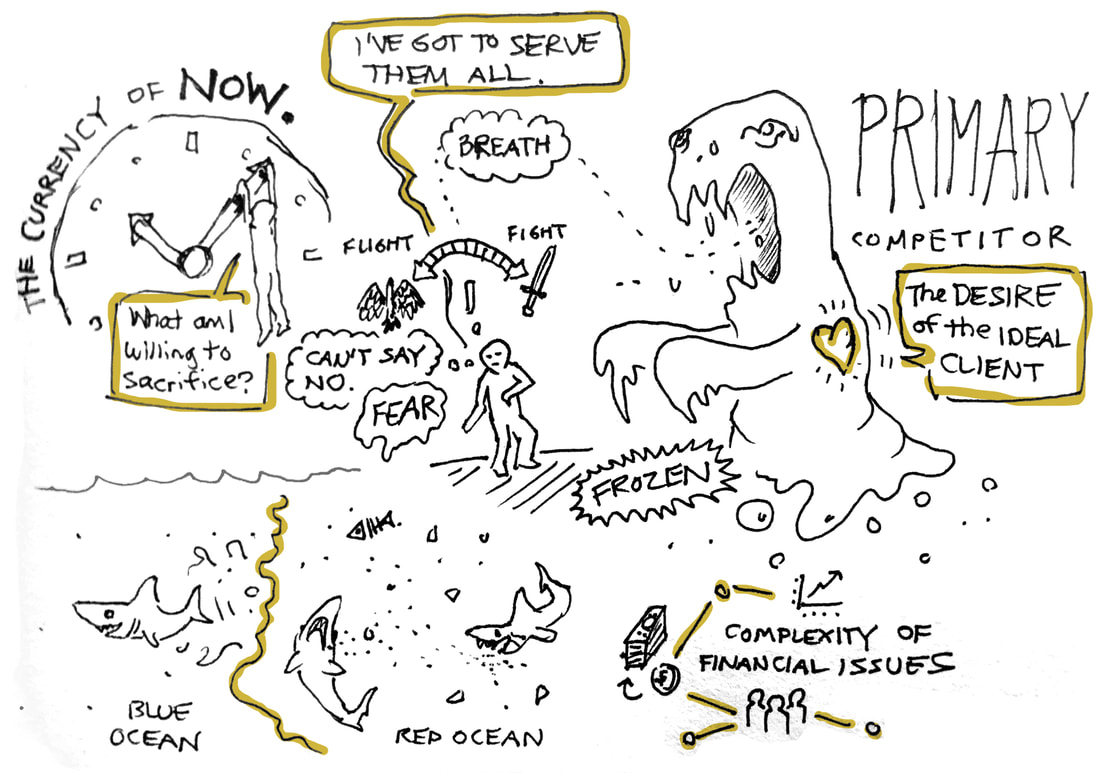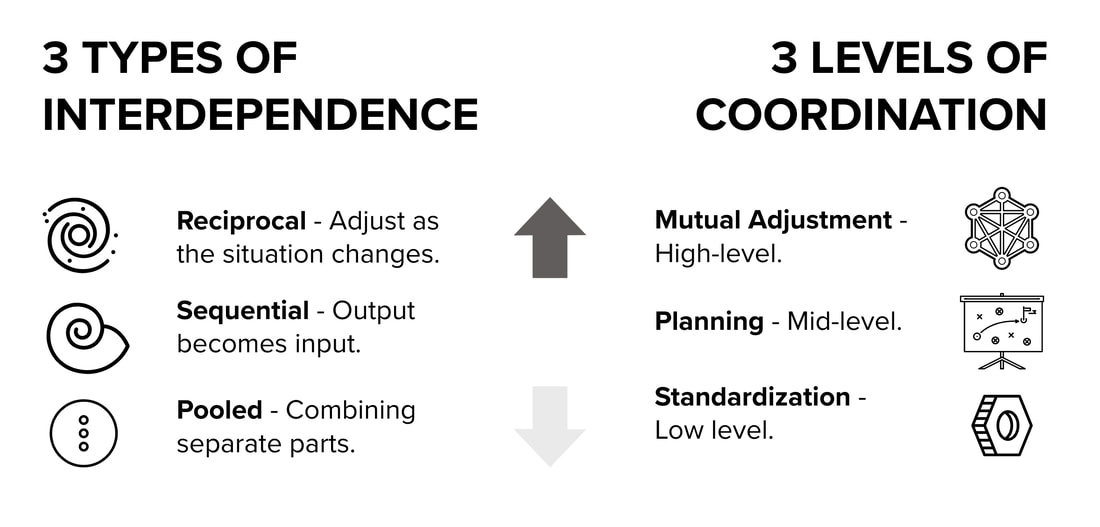|
It was 1995, and I was fresh out of high school. I had been a busboy, a bag boy, worked construction on and off as a mason’s assistant and labored in a fire sprinkler shop. It was time for me to buckle down and get a real job. I applied anywhere and everywhere. I wanted to be a graphic designer, and that's what I was studying in college, but I didn't have the experience.
Eventually, I was hired at the Florida Spine Institute as a medical transcriptionist. A family member must have pulled some strings as a favor. My words per minute wasn't the most impressive, but I managed to land the gig. My interviews went well, I had filled out my W-2 forms, I was placed in the system and told to report to work on Monday. I was all set to go. It was my first day on the job when I sat in front of a computer screen, received a pair of headphones and began to drown in a stream of surgical dictation. It wasn't long before my eyes began to sting and my brain began to slow down. I choked on the flood of foreign, multisyllabic words coming through the headset. So, I paused the recording and took a break. Next to the computer sat a blank yellow legal pad and a blue ballpoint pen. I had been doodling on that yellow legal pad for no more than 5 minutes (probably a skull, unicorn, dragon or something) when the supervisor walked up behind me. She came to a full stop, cleared her throat, and asked to see me in her office. Being caught doodling was a horrible feeling. The shame and remorse ran through my body. I was sure that I was to be reprimanded for the doodling. I was convinced that I would be scolded and asked to focus and promise not to do it again and put back out on the floor. But that's not what happened. The venetian blinds in the supervisor’s office were drawn, giving her a slight silhouette. She sat in an overstuffed leather chair at a huge wooden desk. On the desk was one of those green banker’s lamps. It was the first time I’d seen one of those in real life. She said, “We don't pay you to draw.” Then she took a deep breath and said that it wasn't “going to work out.” I was fired on the spot. And, it was baffling to me at the time. Part of me was shocked that there would be no second chance. Another part of me started to think that this was the way “grown-ups” in the “real world” operated. I feared this was the way adults did things – and that I wasn't ready for a real job. I began to think that there would never be a place for me in the workforce unless I stifled my creative side; that my creativity might be my handicap. Some people don’t recover from a soul-crushing brush with white collar corporate America. Some people allow the criticism of others to extinguish their spark. But, I knew that if I was to be successful and remain in integrity, I would need to either find a box to fit in that looked more like me or find a way to create my own. I vowed to find my tribe among creatives. I worked in music and PR and spent over a decade in media as a Marketing Director at a scrappy alternative news-weekly. Eventually, I landed a gig working for a consultant as a Graphic Recorder. I was paid to actually doodle in business meetings. At the consultancy, I was surrounded by people who harnessed creativity and play to drive business outcomes. We made a living by thinking outside the box. We sketched, doodled, mind mapped, and built analog prototypes using scissors and glue. We filled every bit of blank space on the walls with Post-its. Today, I own my own consultancy and have trained many facilitators to do what I do. At Illustrious, we enable the art of visual thinking and innovation. And no one gets fired for doodling.
4 Comments
For those of you leading organizations in growth mode, you are continually having to balance efforts between the business you are and the business you are becoming. As your team expands, you’ll need to consider new and exciting (yes, they can be!) iterations of your org chart. I recently worked with a corporate team coaching client. We were tasked with building an interdependency journey in Mural that would allow leadership to measure where interdependencies were happening on their global finance team. Interdependency is not only a function of a team, it’s also a quality that emerges at the higher stages of team development (think storming, norming, performing, etc.). If you’re familiar with McKinsey’s innovation horizons, you know that each level of product or portfolio planning requires new or different team members, leadership styles, mindsets, language, business systems, experimentation frameworks, and management methods. Just as in innovation, interdependency has a similar way of scaling. According to the 1967 book Organizations in Action by sociologist James D. Thompson, for each level of team interdependence (pooled, sequential, or reciprocal), there are different levels of coordination required (standardization, planning, or mutual adjustment). Pooled - This type of task interdependence combines separate parts. Business units perform separate functions, not necessarily interacting or overlapping. Like a gymnastics team, however, their individual performance can negatively impact the rest of the organization. Sequential - Like an assembly line, this type of interdependence means that one unit depends on the output of another before they can do their part. Planning and scheduling become vital to avoid bottlenecks in production. Reciprocal - These units are highly interactive and reflexive. It’s sequential, but with the addition of multiple rounds or cycles. Teams or departments may adjust as the situation changes (think sales, marketing, product development, R&D, etc.) and if one department underperforms, the house of cards could come crashing down. A lack of agreement between the types of interdependence and levels of coordination can reduce results, bruise relationships, diminish well-being, or shutter businesses. For now, consider these questions:
For more posts and templates like this, sign up for our newsletter, and if you need help designing or facilitating a workshop, let’s set up a call.
|
Details
ABOUT THE AuthorJoran Slane Oppelt is an international speaker, author and consultant with certifications in coaching, storytelling, design thinking and virtual facilitation. Archives
March 2024
Categories
All
|





 RSS Feed
RSS Feed